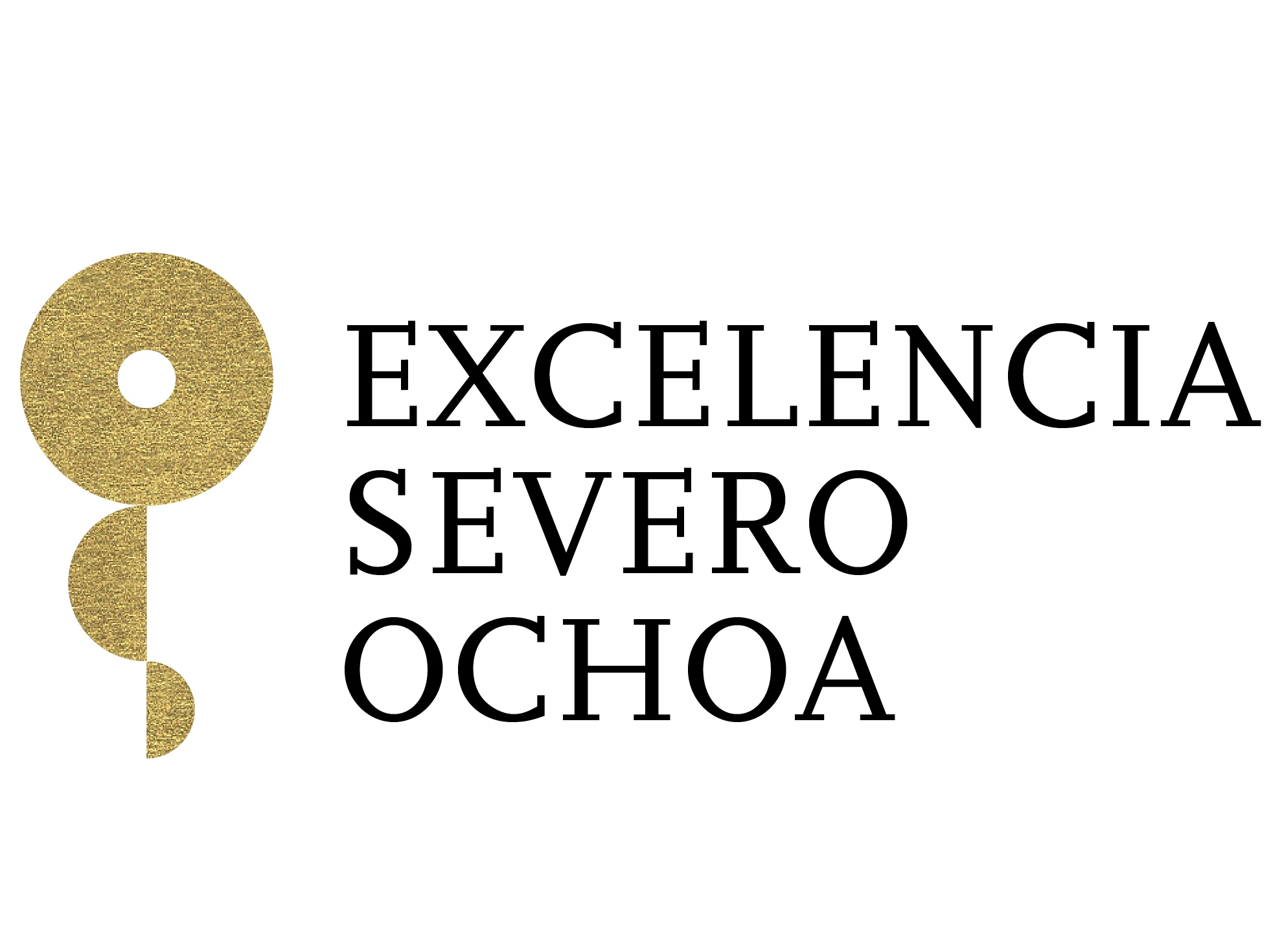Objectives
Abstract:
The spatial organization of biological structures profoundly influences their function, making histopathology a cornerstone in disease diagnosis. However, there exists a pressing need for advanced technologies surpassing current methods to identify specific biomarkers and inform clinical decisions. Recent advancements in genomics and microscopy have given rise to Spatial Transcriptomics (ST), a suite of techniques capable of profiling RNA molecules within intact tissue architectures. While each ST method offers varying resolution, throughput, sensitivity, and biological breadth, all possess the potential to illuminate the influence of spatial localization on cell phenotypes and disease heterogeneity and outcome, thereby revolutionizing biomedical research.
Taking a comprehensive approach to ST data analysis, we employ pathology-guided and tailored methodologies to unravel the transcriptional orchestration of tissue, microenvironment, cellular and molecular functions in spatial context. This presentation offers insights into leveraging ST as powerful tools to decode tissue pathology. Through examination of healthy tissues and complex disease states, such as colorectal cancer, it provides a roadmap for the characterization of compositional and organizational heterogeneity of tissues, as well as the emergence and progression of disease.
 Short Bio:
Short Bio:After receiving her PhD from the Department of Biology, Chemistry and Pharmacy of Freie Universität Berlin, she worked as a postdoctoral researcher in the Hauser Lab (Immune Dynamics) at the Deutsches Rheuma-Forschungszentrum and the Charité-Universitätsmedizin Berlin. Her research focused on the in-depth and spatially resolved analysis of local immune responses using state-of-the-art, multiplexing techniques on clinical samples. Since then, she became very interested in studying tissue niches, both at the protein and transcriptional level, as self-organized functional units that modulate local immunity and dictate tissue homeostasis and disease.
She has been recently granted the Ramon y Cajal 2022 (RYC2022-035848-I) to establish herself as a researcher in Spain and joined the CNAG as a Team leader of Spatial Genomics. Recognizing the crucial role of spatial organization in cellular function, they use Spatial Omics to provide insights into cellular and molecular interactions within tissues, enhancing their understanding of health and disease at a single-cell level. Their interdisciplinary team merges computational science, genomics, immunology, biotechnology, and machine learning to interpret complex spatial data. The team is equipped with advanced spatial omics platforms, combining next-generation sequencing and imaging techniques. Their commitment to innovation is geared towards establishing CNAG as a leading center for Spatial Omics in Spain.
Speakers
Speaker: Anna Pascual. Postdoctoral researcher. Spatial Genomics Team Leader.
Host: Marta Melé. Transcriptomics and Functional Genomics Lab, Life Sciences Group, BSC.


